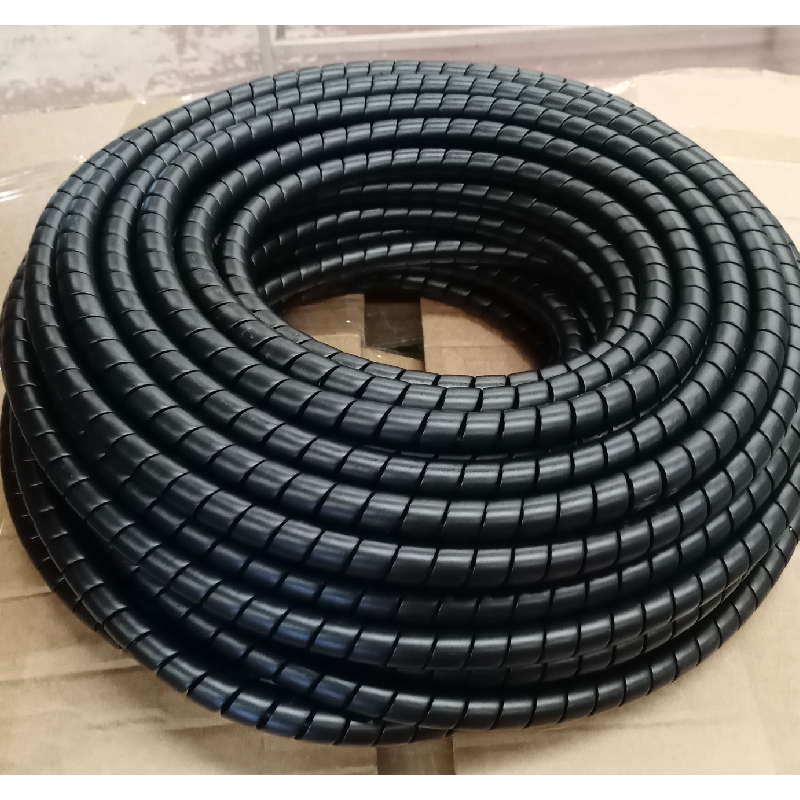r134a adapter fittings
Understanding R134a Adapter Fittings A Comprehensive Guide
R134a, officially known as tetrafluoroethane, is a hydrofluorocarbon (HFC) widely used as a refrigerant in automotive and commercial refrigeration applications. Its popularity stems from its effectiveness in providing cooling capabilities while being less harmful to the ozone layer compared to its predecessor, R12. However, as technology evolves and environmental regulations tighten, the proper use of R134a and its associated components, such as adapter fittings, has become increasingly important.
What are R134a Adapter Fittings?
R134a adapter fittings are specialized connectors designed to facilitate the secure attachment of R134a refrigerant hoses to various components in refrigeration and air conditioning systems. These fittings are crucial for ensuring that the refrigerant flows seamlessly through the system without leaks. They come in various sizes and configurations, allowing for compatibility with different equipment and applications.
The Importance of Using Adapter Fittings
Using the correct R134a adapter fittings is essential for several reasons
1. Preventing Leaks Refrigerant leaks can not only decrease the efficiency of cooling systems but can also pose environmental hazards. Properly fitted adapters help in minimizing the risk of leaks by ensuring a snug and secure connection.
2. Versatility Many vehicles and systems originally designed for older refrigerants may require R134a for maintenance or repairs. R134a adapter fittings allow for these transitions without the need for complete system overhauls.
3. Efficiency A well-sealed system ensures that refrigerant remains contained and maintains optimal pressure levels, leading to improved energy efficiency and performance.
4. Compatibility Industry standards dictate various sizes and types of fittings. Utilizing the correct adapter ensures compatibility with hoses, compressors, and other essential components of cooling systems.
Types of R134a Adapter Fittings
R134a adapter fittings come in multiple types, each serving different applications
r134a adapter fittings

1. Low Side and High Side Fittings These fittings are designated for both low-pressure and high-pressure sides of the refrigerant system. They prevent accidental mixing and ensure proper servicing.
2. Straight and Angled Fittings Depending on the layout of the system, straight or angled fittings may be required to achieve optimal hose routing without kinking or excessive bending.
3. Male and Female Connections Some fittings are designed as male connectors, while others are female. Choosing the right type is essential for creating a secure and leak-free connection.
4. Adapters for Changing Refrigerants Some fittings are specifically manufactured to adapt systems from one type of refrigerant to R134a. These fittings are critical for modernizing older systems while maintaining compliance with current regulations.
Installation Tips
When installing R134a adapter fittings, it's crucial to follow best practices to ensure safety and effectiveness
- Inspect Before Use Always check the fittings for any visible wear, corrosion, or damage. Using damaged fittings can lead to leaks.
- Use Proper Tools Having the appropriate tools, such as wrenches and torque wrenches, can help achieve the right tightness without over-torquing, which can damage connections.
- Follow Torque Specifications Refer to manufacturer guidelines regarding the specific torque settings for each fitting to ensure optimal performance.
- Consider Professional Help If you’re unfamiliar with HVAC systems or refrigerant handling, consider consulting with a professional technician. Improper handling of refrigerants can be dangerous.
Conclusion
R134a adapter fittings are vital components in modern refrigeration and air conditioning systems. By ensuring that these fittings are correctly specified and installed, you can help maintain system performance, prevent leaks, and adapt older systems to current refrigerant standards. Understanding the different types of fittings and their applications can empower technicians and DIY enthusiasts alike to make informed choices that benefit both efficiency and the environment.
-
Ultimate Spiral Protection for Hoses & CablesNewsJun.26,2025
-
The Ultimate Quick-Connect Solutions for Every NeedNewsJun.26,2025
-
SAE J1401 Brake Hose: Reliable Choice for Safe BrakingNewsJun.26,2025
-
Reliable J2064 A/C Hoses for Real-World Cooling NeedsNewsJun.26,2025
-
Heavy-Duty Sewer Jetting Hoses Built to LastNewsJun.26,2025
-
Fix Power Steering Tube Leaks Fast – Durable & Affordable SolutionNewsJun.26,2025

